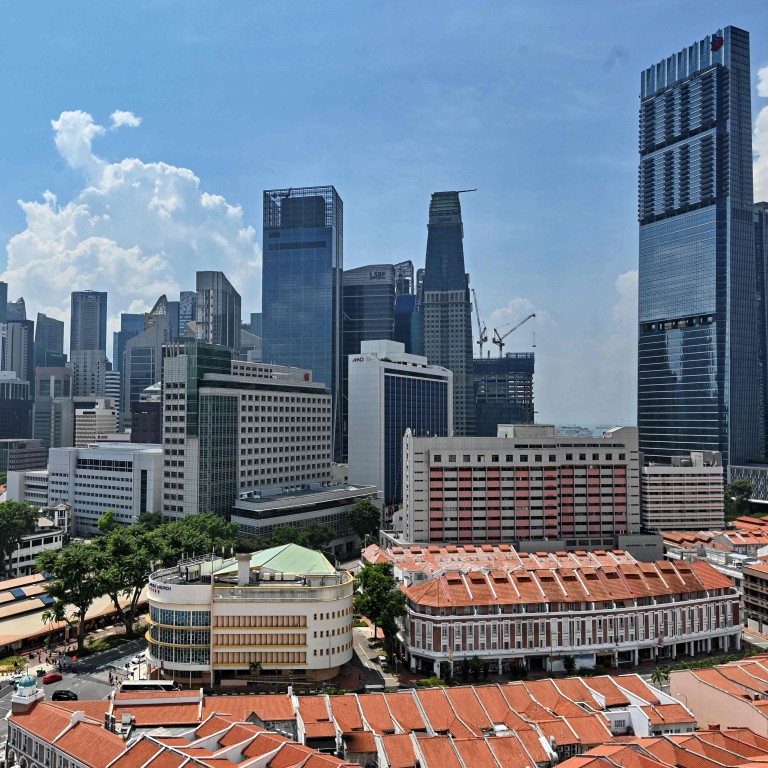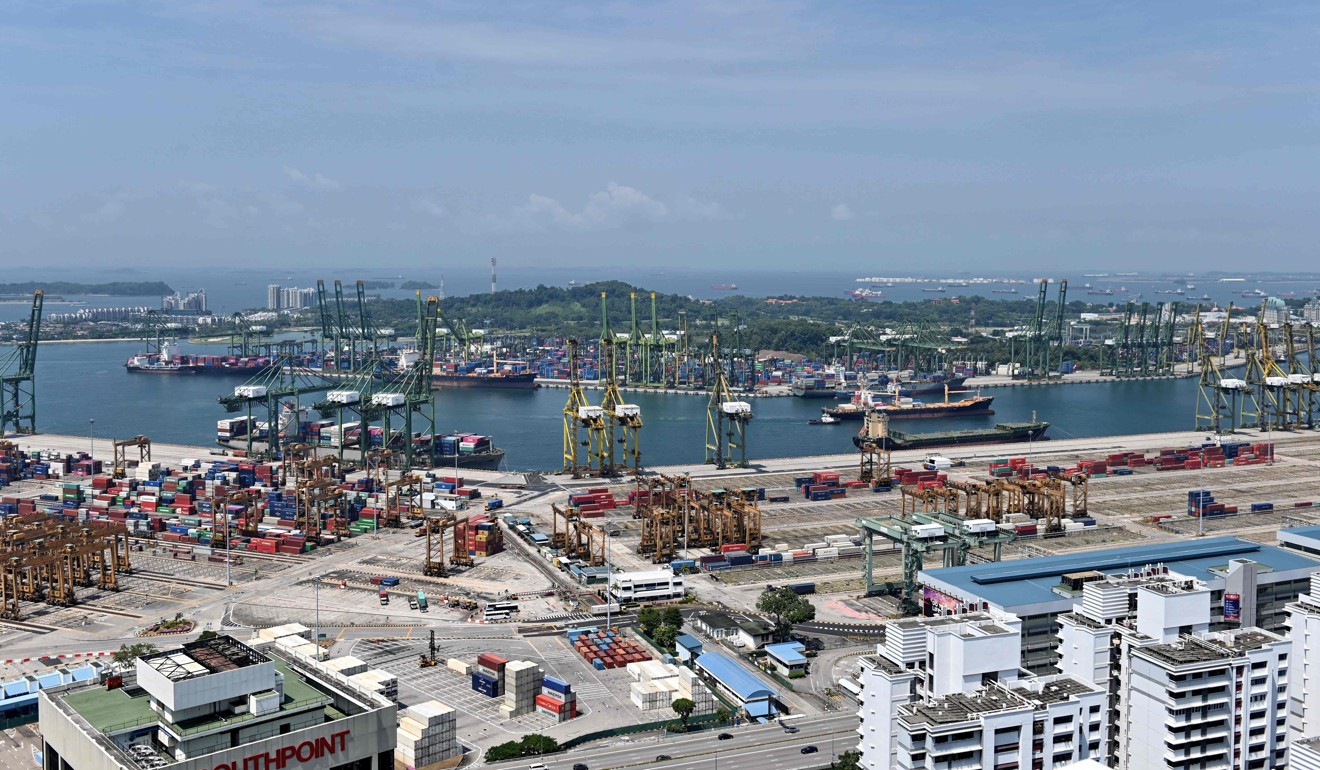
Singapore’s climate change dilemma: elevate or leave. What are the solutions?
- About 30 per cent of the Lion City’s 721 sq km is less than 5 metres above sea level, and experts predict the surrounding waters could be a metre higher by 2100
- Officials want to reclaim land to tackle the problem, but environmentalists say mitigation is also needed and the city needs to see the bigger picture
He said about S$100 billion (US$72 billion) would be needed over the next century to make these proposals a success and protect the country’s 5.6 million residents from rising sea levels.
“We should treat climate change defences like we treat the Singapore Armed Forces – with utmost seriousness,” he said. “Work steadily at it, maintain a stable budget year after year, keep your eye on the target and do it over many years and several generations.”
Will Singapore warm up to nuclear energy to combat climate change?
Kiribati, one of the world’s lowest-lying countries, plans to buy 20 sq km from nearby Fiji to add to its existing 811 sq km of land and relocate many of its 116,000 people.
The Marshall Islands, also in the Pacific Ocean, faces a similarly stark choice for its 53,000 residents – elevate or leave, given that rising sea levels threaten to submerge the entire nation.
Electric cars are a ‘lifestyle’, Singapore tells Elon Musk
But Benjamin Horton, chair of the Asian School of the Environment at Nanyang Technological University in Singapore, said the Maldives, a 298 sq km island nation in the Indian Ocean, was the “poster child for rising sea levels”. Its government is attempting to reclaim, fortify and build new islands to save 430,000 citizens from homelessness.
When an area to be reclaimed has been identified, a dyke is constructed around it and the water inside drained out to create a low-lying tract below sea level.

Lee said Singapore was already experimenting with a small polder near the outlying Pulau Tekong. Government agencies would then examine the various options and “may deploy a combination of solutions together to prevent flooding and inundation from sea level rise”, according to the Ministry of the Environment and Water Resources.
The ministry’s Centre for Climate Research projected that by the year 2100, the sea around the city state could be a metre higher than that of today.
The prime minister’s push to tackle the problem has struck a chord with many Singaporeans.

Independent pollster Blackbox Research surveyed 1,002 city residents and found 21 per cent viewed the part on climate change in Lee’s National Day address as “most impressive”.
Sections on the retirement age and worsening economy were given the same rating by only 10 per cent and 11 per cent, respectively.
Blackbox founder and managing director David Black said the results reflected how “Singaporeans are becoming more and more sensitive to sustainability issues”.
Adam Switzer, associate chair of the Asian School of the Environment, said rising seas were the “biggest threat” to the city state in the short term.
“There is a real urgency to this, as Singapore already experiences nuisance flooding in some locations during the highest yearly tides or in combination with local storm surges … The longer we wait, the higher that cost will be,” he said.
Switzer welcomed the idea of polders but cautioned that they would require much energy and continued upkeep to drive their extensive pumping systems.
To mark World Elephant Day, Singapore bans sale of ivory from 2021
Horton meanwhile said Singapore needed a “robust and accurate local projection” of the local sea-level rise before deciding on a path forward.
The rise would vary across countries, Horton explained, and would be dependent on factors such as ocean and atmospheric circulation patterns and tectonic vertical land motion. Understanding these variables would be key to predicting the impact of rising seas. Lee alluded to such concerns in his speech.
However, Marvin Montefrio, an assistant professor of social science at Singapore’s Yale-NUS College, said the country also had to think about mitigation as well as adaptation.
“If we don’t … then whatever adaptation solutions we do now may just end up futile in the future.”
Lynette Cheah, an associate professor of engineering systems and design at the Singapore University of Technology and Design, warned there was more to climate change than meets the eye.

